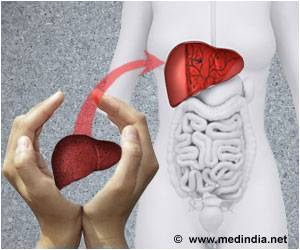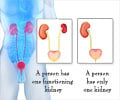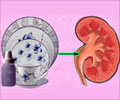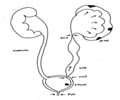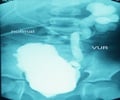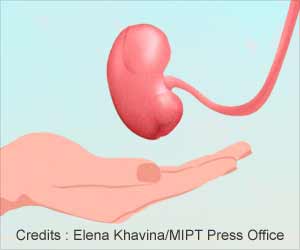Polycystic Kidney Disease is a genetic disorder that can enlarge kidneys and impede the ability of the kidneys to clear toxins and fluids from the body.
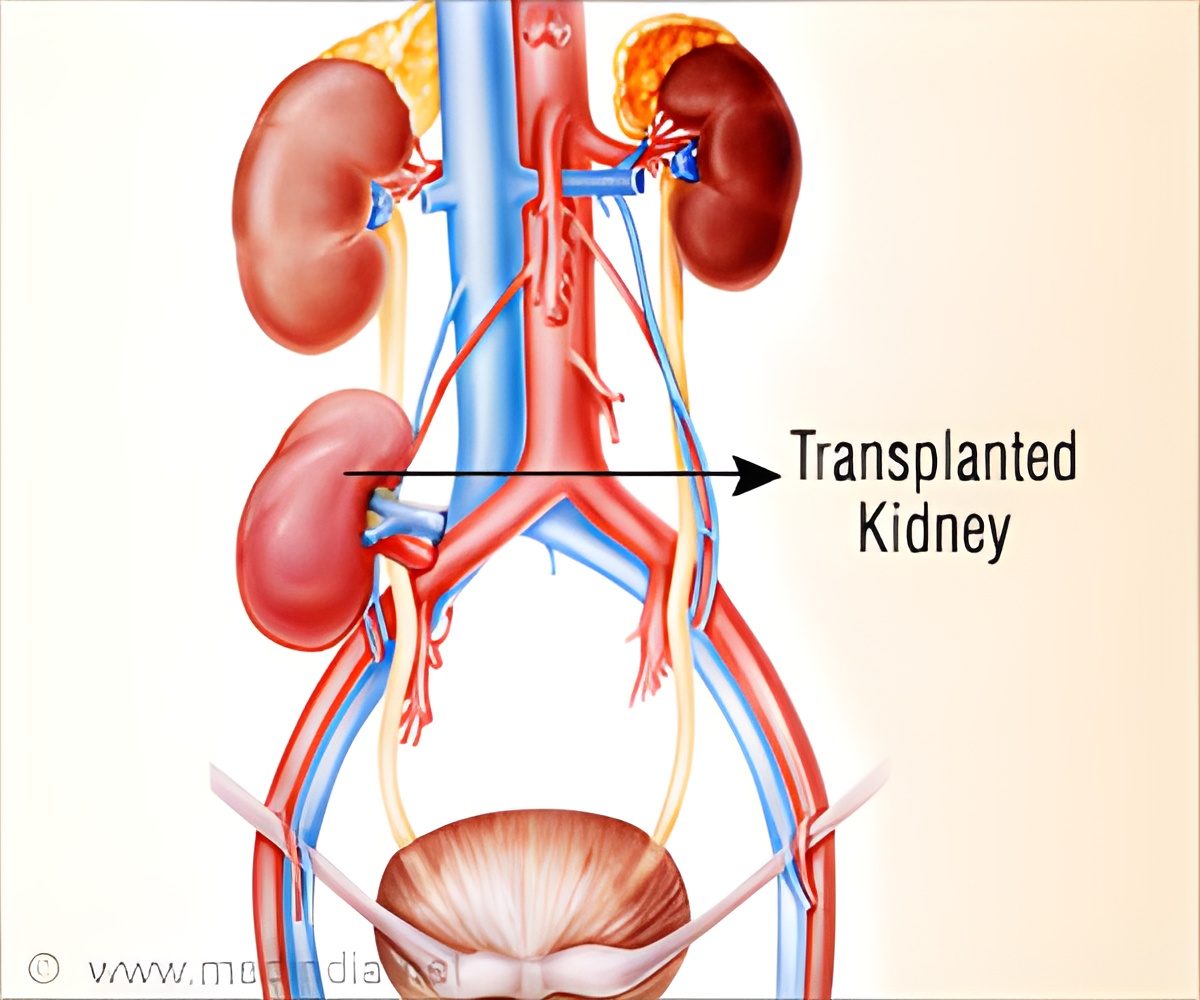
‘University of Maryland surgeons simultaneously removed both polycystic kidneys from a patient and also transplanted a kidney from a living donor, which eliminated the need for dialysis.’





The recipient's wife was unable to donate a kidney to her husband, due to incompatible blood types. Because kidneys from living donors have better outcomes than those from deceased donors, a kidney swap was the only option for him to get a living donor kidney. As part of the PKE, the patient's wife donated a kidney to another patient, continuing the chain. "The success of the procedure was even more dramatic because the UMMC pair was the key to fast-track repair for this swap that involved 28 surgeries over a three-week window," says Garet Hil, CEO of the National Kidney Registry (NKR). "These kinds of bold and complex breakthroughs are what we have come to expect from NKR member centers that are always looking to find new ways to improve the lives of patients suffering from kidney failure."
Leeser explained that University of Maryland surgeons routinely remove both polycystic kidneys during a transplant, with one team working in one operating room, and another team in an adjacent OR to procure the donor organ. While another center had combined PKD removal with a PKE swap for a patient who was already on dialysis, this procedure was especially complex due to the need for precise timing in the absence of dialysis.
Leeser and his team developed a detailed plan for this case, including backup plans to minimize any risks or problems, such as a delay in the arrival of the donor kidney. The team was prepared to initiate an immediate dialysis session, but it was not needed. They also had a backup plan to keep the paired kidney chain going in the event they could not complete the PKD procedure. Another compatible recipient was available to accept the donor organ, if needed.
Leeser says the entire process was almost seamless. "Just as the new kidney arrived in our operating room, we wrapped up our removal procedure, and other members of our transplant team began working in that same OR to transplant the donor kidney."
PKD is a genetic disorder that can enlarge kidneys to the size of footballs, cram them with fluid-filled sacs and impede the ability of the kidneys to clear toxins and fluids from the body. PKD affects about 500,000 people in the U.S.
Advertisement
"When I saw that UMMC would remove both kidneys and do a transplant at the same time, I went on the paired kidney exchange waiting list for about a year-and-a-half, until everything aligned."
Advertisement
Source-Newswise




